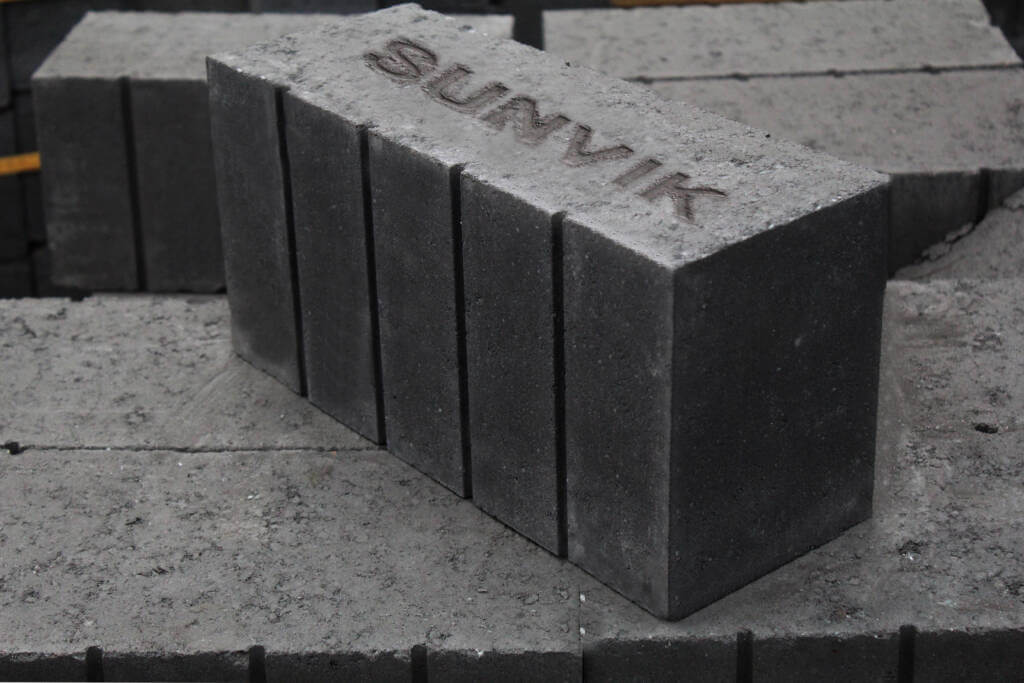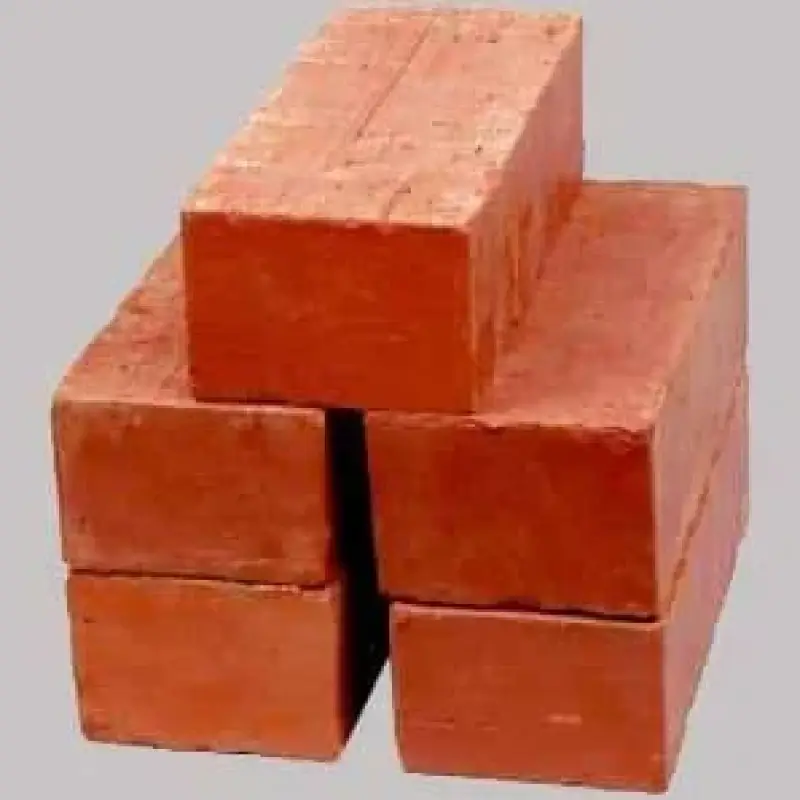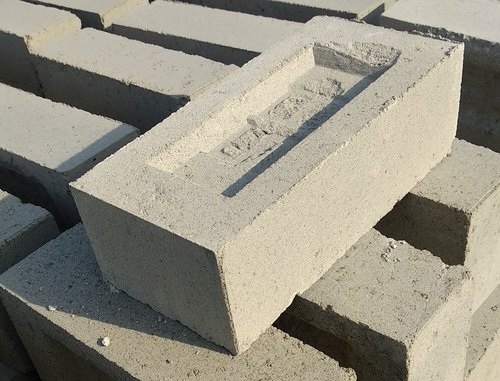Fly Ash Bricks vs Traditional Clay Bricks
The backbone of any construction project is its building material. While steel and cement often take the spotlight, bricks remain the fundamental element of strength and stability. In India, where urbanization and infrastructure development are growing at record speed, the debate between Fly Ash Bricks and Traditional Clay Bricks has never been more important.
In recent years, sustainability, cost-effectiveness, and long-term durability are the key concerns for builders, architects, and homeowners. Let’s dive deep into the comparison between fly ash bricks and clay bricks to help you make an informed choice for your next project.
What Are Fly Ash Bricks?


Fly ash bricks are made by mixing with the combination of fly ash (a byproduct from coal-based power plants) with sand, cement, and water, then compressing this mixture under high pressure. Unlike clay bricks, they don’t require firing in kilns.
- Composition: Fly ash (Major Proportionate), sand/stone dust (Medium Proportionate), Other Aggregates (Lesser Proportionate).
- Manufacturing: Done through hydraulic Vibrator machines for consistent shape and size.
- Eco-Impact: Helps utilize industrial waste that would otherwise pollute land and water and which will destroy the eco system.
Fun fact: A study by CSE (Centre for Science and Environment) reported that India generates an average of over 200 million tonnes of fly ash annually and could reach around 600 million tonnes by 2030-31, making fly ash bricks a perfect way to recycle this waste responsibly.
What Are Traditional Clay Bricks?

Clay bricks are made from natural clay, shaped, dried, and fired in kilns at high temperatures. This centuries-old process makes them reliable but comes with serious drawbacks in modern times.
- Composition: Natural clay and water.
- Manufacturing: Fired in coal or wood-fueled kilns, contributes to air pollution and leads to deforestation due to the increased demand for wood.”.
- Eco-Impact: Large-scale excavation of fertile soil results in severe land degradation, reducing soil productivity and negatively impacting agriculture.
Fly Ash Bricks vs Clay Bricks: Comparison

| Feature | Fly Ash Bricks | Traditional Clay Bricks |
| Compressive Strength (MPa) | 7 – 10 (uniform & reliable) As per certification standards | 3.5 – 5 (varies with kiln quality) |
| Shape & Size | Machine-made, uniform, saves mortar | Irregular, requires extra plaster |
| Environmental Impact | Eco-friendly, recycles fly ash, saves topsoil | Uses fertile soil, high CO₂ emissions |
| Water Absorption | Very Less (low dampness) | High (leads to seepage & cracks) |
| Durability | High resistance to fire, dampness & earthquakes | Moderate, prone to cracks & erosion |
| Thermal Insulation | Keeps interiors cooler, saves energy | Moderate insulation |
| Cost Efficiency | Initial moderate Cost, but their long-term savings make them more cost-effective | Lower upfront cost, but higher long-term expenses |
| Wastage | Minimal | High |
1. Strength & Load-Bearing Capacity
- Fly Ash Bricks: Uniform compressive strength, suitable for high-rise and load-bearing structures.
- Clay Bricks: Vary in strength, with quality depending on the kiln firing process.
2. Consistency & Shape
- Fly Ash Bricks: Machine-made with modern technology with perfect edges and uniform dimensions, saving mortar during construction.
- Clay Bricks: Irregular sizes due to manual manufacturing, requiring extra plaster to even out walls.
3. Environmental Sustainability
- Fly Ash Bricks: 100% eco-friendly, save topsoil, reduce greenhouse gas emissions, and utilize waste.
- Clay Bricks: Consume fertile soil and release huge amounts of CO₂ during firing.
4. Water Absorption
- Fly Ash Bricks: Absorb lesser water, minimizing wall dampness and seepage.
- Clay Bricks: Absorb more water, which often leads to waterlogging, cracks, and weakened plaster.
5. Cost & Efficiency
- Fly Ash Bricks: Initially slightly costlier, but saves maximum on mortar and plastering costs due to their smooth finish.
- Clay Bricks: Seem cheaper but add hidden costs like plaster, higher mortar use, and wastages.
6. Durability & Weather Resistance
- Fly Ash Bricks: Resistant to fire, termites, dampness, and seismic activity.
- Clay Bricks: Prone to erosion, water seepage, and cracking under extreme conditions.
7. Thermal & Acoustic Insulation
- Fly Ash Bricks: Better insulation properties, keeping interiors cooler in summer and reducing electricity bills.
- Clay Bricks: Moderate insulation, less energy-efficient in today’s climate conditions.
Why Fly Ash Bricks Are the Future of Construction in 2025

- Sustainability Mandates: With stricter government policies pushing for green construction, fly ash bricks are already replacing clay bricks in many states.
- Urban Demand: Smart cities and metro projects prefer fly ash bricks for their strength and eco-friendliness like Sunvik flyash bricks
- Cost Advantage: Builders report saving 10–15% in total construction cost by using fly ash bricks.
- Global Recognition: Countries like China and the U.S. are also adopting fly ash bricks at a large scale, showing their global relevance.
Sunvik Steels Pvt Ltd: Leading the Change
At Sunvik Steels Pvt Ltd, we are committed to building a stronger and greener future. Our Fly Ash Bricks are manufactured with precision, eco-conscious practices, and strict quality control, ensuring that every brick contributes to a sustainable tomorrow.
Whether it’s a residential project, commercial complex, or infrastructure development, Sunvik’s fly ash bricks provide unmatched reliability and performance.
👉 Visit sunviksteels.com to explore our range of eco-friendly bricks and make your next project future-ready.
FAQs
1. Are fly ash bricks good for residential construction?
Yes, they are ideal for homes, offering better durability, less maintenance, and long-term cost savings.
2. Do fly ash bricks release harmful chemicals?
No, they are completely safe and tested for construction use. In fact, they help recycle waste that would otherwise harm the environment.
3. How much can I save by using fly ash bricks?
Builders can save 10–30% in overall costs due to reduced mortar and plastering needs, along with lower wastage.
4. Can fly ash bricks handle heavy rain and extreme weather?
Yes, they are water-resistant and more durable compared to clay bricks under heavy rainfall or seismic conditions.
5. Why choose Sunvik Steels for fly ash bricks?
Because Sunvik Steels combines quality, sustainability, and innovation, making it a trusted choice for builders who want strength and eco-friendliness in one package.



